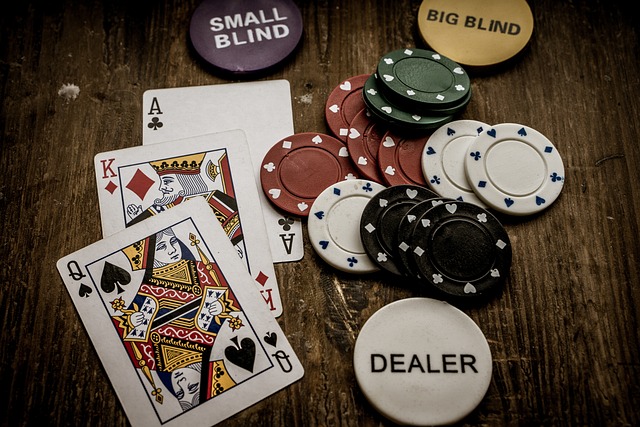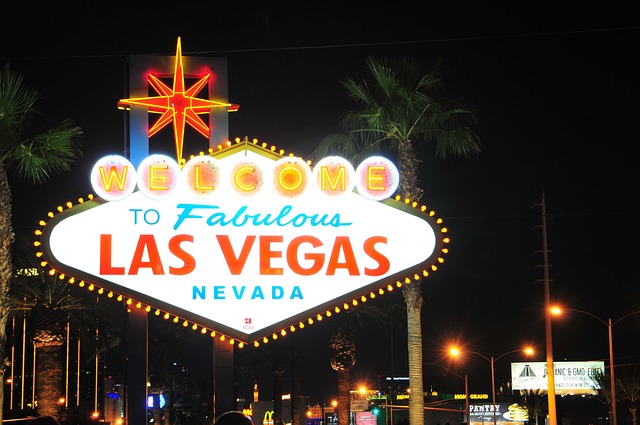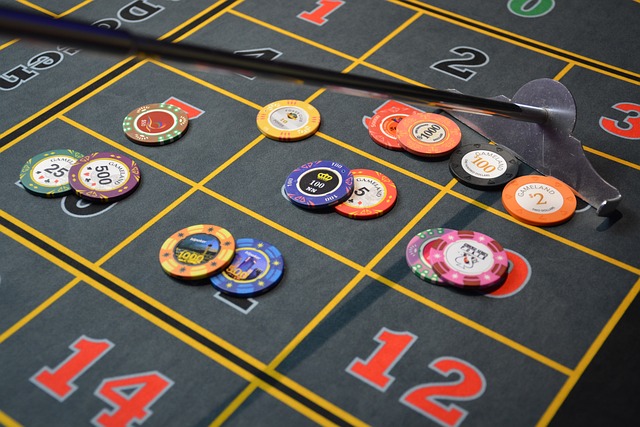In Omaha you are initially dealt 4 face down cards. Five so-called community cards are dealt on the table, which are shared by all the players.
It is played with two blind bets small and large paid by the players respectively. one and two places to the left of the Dealer. Small blind is half the minimum bet, while big blind is equal to the minimum bet. If you play with a spread limit of $3/6, the small blind is $1½, while the big blind is $3.
1st round:
The poker messages Bet, Check, Call, Raise or Fold are played. 3. player after the dealer begins to report.
The bet and call stakes are in the 1st and 2nd bidding rounds in play with Limit on the minimum stake. At is $3/6 table that means at $3. The raise bet is an additional $3. No Checks can be made in the first round and usually only raised 3 times.
All remaining players must pay an equal amount to the pot before the round ends.
Three community cards are turned over. The players share the cards
2nd round:
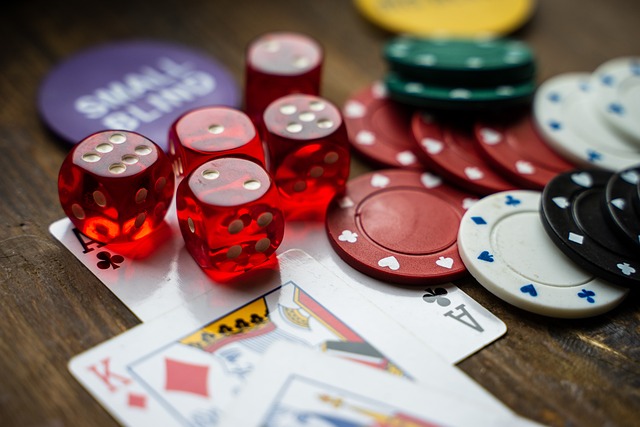
Just like the first, except that now you can also check. The first player after the dealer starts to bid.
4. The community card is turned over.
3rd round:
It is played with all the messages check, bet, call, raise and fold. The bet and call stakes are the maximum stakes in the third and fourth bidding rounds. At a $3/6 table that is $6.
5. community card also called The River is turned over.
Last round:
It is played as in the 3rd bidding round.
Showdown:
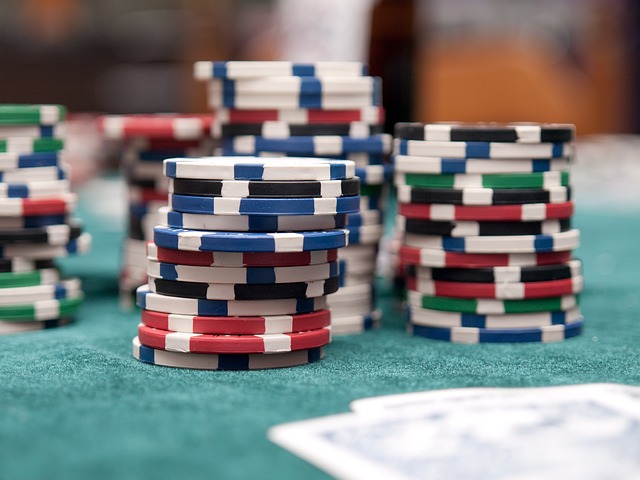
In Omaha, one’s hand must consist of exactly two closed cards and three community cards.
The “house” (the owner of the venue) usually takes a small part of the pot – the so-called rake.
Omaha hi/lo
In Omahapoker there is the variant Omaha Hi/Lo. Here the pot is divided between 2 players, the one with the best hand for “high” cards, or rather: Best poker hand, and best hand for “low” cards. To win best low hand, you must have a hand where the highest card is a maximum of eight and the hand must not contain a pair. Whether the best low hand contains a flush or a straight is secondary. As an example, this hand: A-1-2-3-7 beats this hand: A-1-2-3-8, since 7 is the highest card in the former hand. Here follows another example: The combination 2-3-4-5-6 beats A-1-2-3-7 since 6 is the lowest card of the first-mentioned combination, the fact that the hand is a straight does not matter.

